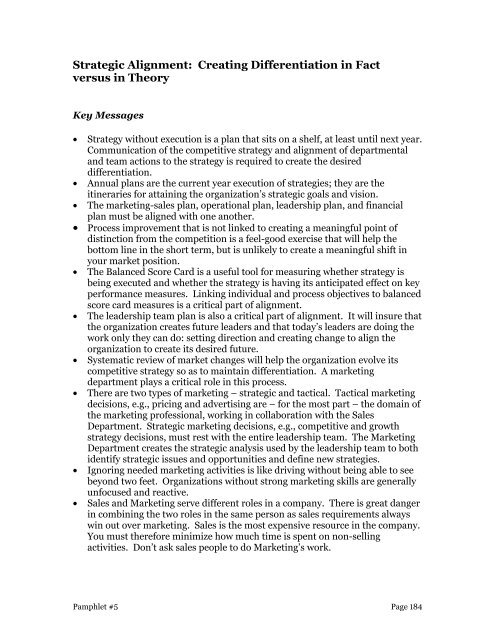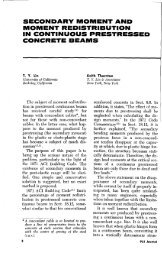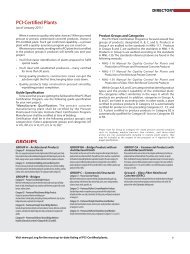Winning Without Competition: How to Break Out of a Commodity ...
Winning Without Competition: How to Break Out of a Commodity ...
Winning Without Competition: How to Break Out of a Commodity ...
Create successful ePaper yourself
Turn your PDF publications into a flip-book with our unique Google optimized e-Paper software.
Strategic Alignment: Creating Differentiation in Fact<br />
versus in Theory<br />
Key Messages<br />
• Strategy without execution is a plan that sits on a shelf, at least until next year.<br />
Communication <strong>of</strong> the competitive strategy and alignment <strong>of</strong> departmental<br />
and team actions <strong>to</strong> the strategy is required <strong>to</strong> create the desired<br />
differentiation.<br />
• Annual plans are the current year execution <strong>of</strong> strategies; they are the<br />
itineraries for attaining the organization’s strategic goals and vision.<br />
• The marketing-sales plan, operational plan, leadership plan, and financial<br />
plan must be aligned with one another.<br />
• Process improvement that is not linked <strong>to</strong> creating a meaningful point <strong>of</strong><br />
distinction from the competition is a feel-good exercise that will help the<br />
bot<strong>to</strong>m line in the short term, but is unlikely <strong>to</strong> create a meaningful shift in<br />
your market position.<br />
• The Balanced Score Card is a useful <strong>to</strong>ol for measuring whether strategy is<br />
being executed and whether the strategy is having its anticipated effect on key<br />
performance measures. Linking individual and process objectives <strong>to</strong> balanced<br />
score card measures is a critical part <strong>of</strong> alignment.<br />
• The leadership team plan is also a critical part <strong>of</strong> alignment. It will insure that<br />
the organization creates future leaders and that <strong>to</strong>day’s leaders are doing the<br />
work only they can do: setting direction and creating change <strong>to</strong> align the<br />
organization <strong>to</strong> create its desired future.<br />
• Systematic review <strong>of</strong> market changes will help the organization evolve its<br />
competitive strategy so as <strong>to</strong> maintain differentiation. A marketing<br />
department plays a critical role in this process.<br />
• There are two types <strong>of</strong> marketing – strategic and tactical. Tactical marketing<br />
decisions, e.g., pricing and advertising are – for the most part – the domain <strong>of</strong><br />
the marketing pr<strong>of</strong>essional, working in collaboration with the Sales<br />
Department. Strategic marketing decisions, e.g., competitive and growth<br />
strategy decisions, must rest with the entire leadership team. The Marketing<br />
Department creates the strategic analysis used by the leadership team <strong>to</strong> both<br />
identify strategic issues and opportunities and define new strategies.<br />
• Ignoring needed marketing activities is like driving without being able <strong>to</strong> see<br />
beyond two feet. Organizations without strong marketing skills are generally<br />
unfocused and reactive.<br />
• Sales and Marketing serve different roles in a company. There is great danger<br />
in combining the two roles in the same person as sales requirements always<br />
win out over marketing. Sales is the most expensive resource in the company.<br />
You must therefore minimize how much time is spent on non-selling<br />
activities. Don’t ask sales people <strong>to</strong> do Marketing’s work.<br />
Pamphlet #5 Page 184







